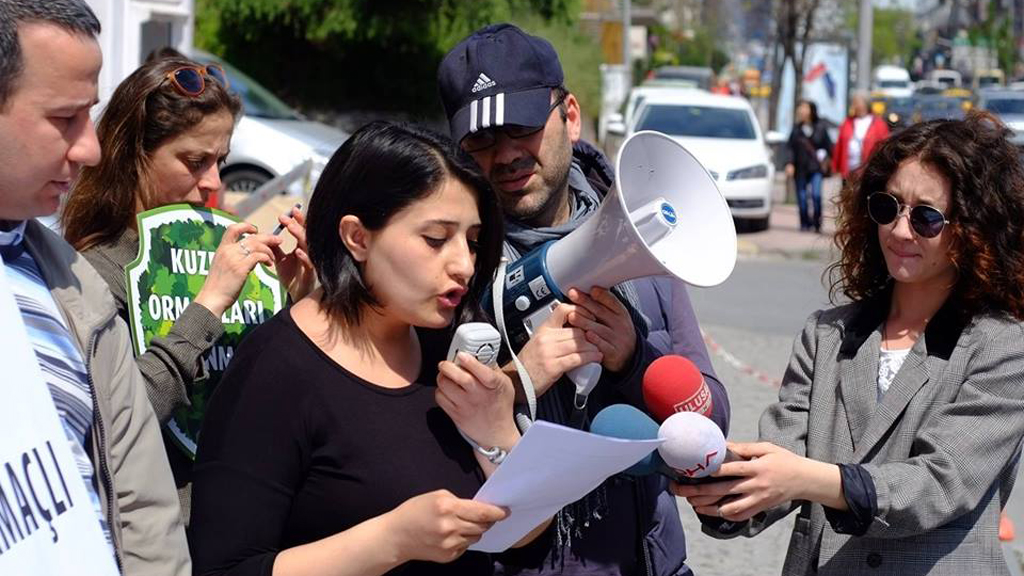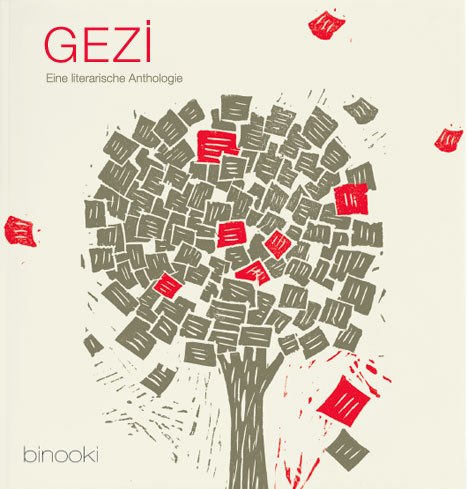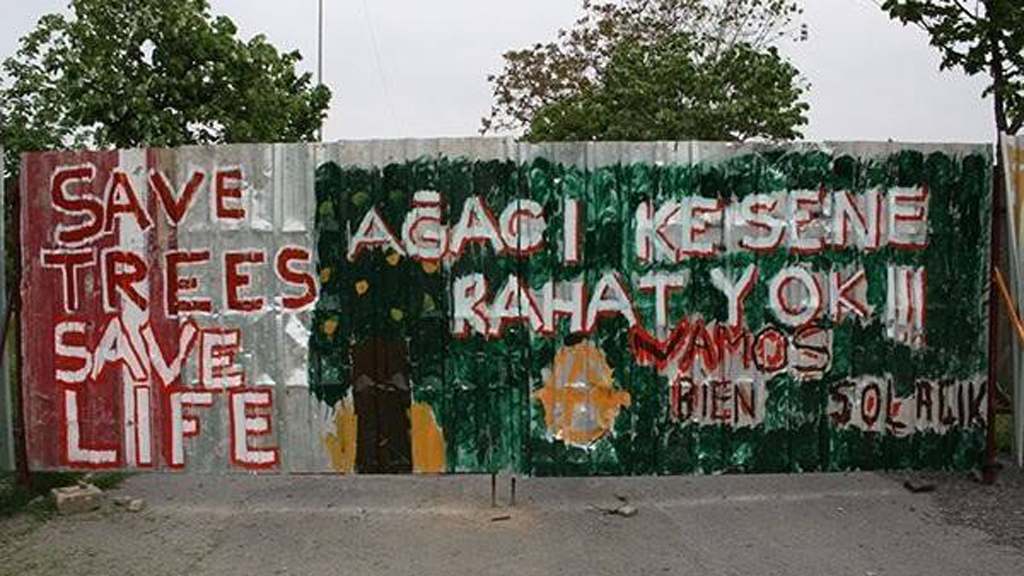Gezi lives!

On the first anniversary of the Gezi protests in Istanbul, it seemed that the momentum had been lost. Like many other protest movements in recent years, the "Gezi Republic" developed out of a state of emergency. Long-term, however, no one can live simultaneously in two mutually-exclusive worlds. The question now is how the utopia of coexistence can be incorporated into everyday life.
"Gezi – A Literary Anthology" is a collection of essays by Turkish authors, recently published by binooki-Verlag in Berlin. In it, the Armenian-Turkish writer Karin Karakaşlı reflects on the momentousness of the Gezi resistance, and describes how it is still having an effect today. "For a while, the Gezi protests gave us a sense of accomplishment, the condition of being the subject of an era rather than its witness," she writes. "We planted this inner knowledge in our hearts, and with that we set out. The straw that breaks the camel’s back – we always carry it within us."
The publishing house binooki, founded three years ago by the sisters Selma Wels and Inci Bürhaniye, has already attracted a great deal of positive interest. It focusses on translating Turkish literature for a German readership. This is the first time its texts will appear in German translation first. The anthology has been compiled by the renowned translator Sabine Adatepe.
Linguistic cosmos of the protests

In "Gezi – A Literary Anthology", the energy of the protests is captured by 20 authors, all of whom actually took part in the demonstrations. They range from young, hip writers to bestselling author Ayşe Kulin and the grand dame of politically-engaged literature, Oya Baydar.
Gezi stood not just for resistance to autocratic policies that were becoming ever more restrictive. It was also a self-contained linguistic cosmos, full of slogans, symbols and new metaphors that demanded to be turned into literature. This anthology, which includes short stories, photos, essays, poems and illustrations, has addressed itself to the task.
Of the vocabulary used by Erdoğan to denigrate the demonstrators, the most memorable terms are "chapuller" ("marauders"), "soup-pot people", for the performers who loudly supported the protest with kitchen utensils, and the dreadful neologism of a "twice-50-percent-society", which refers to Erdoğan's electoral success. Of course, these phrases have long since passed out of Erdoğan’s ownership and now belong to the democracy movement, which has repeatedly broken them up and alienated them, both ironically and poetically. For example, when a tomcat is referred to as "Chapul" in the story by Oya Baydar, it's clear that this must be a Gezi tomcat – one of the unyielding, freedom-loving heroes.
Not without my gas mask
A poem by Gökçenur Ç, which ends with a proposal of marriage, is titled "Gas Mask, Diving Goggles, Talcid and Milk" – the basic equipment needed to prepare for a tear-gas attack. For Gezi activists looking to tie the knot, these items amount to a dowry. What you must be aware of, though, is that there are a several different models of gas mask. If you want to turn heads, you should seek advice from the waiter in the story by the satirist Fırat Budacı.
Interestingly, another fact on which there is apparently general agreement is that a common language has developed between trees and people. In many of the contributions to this anthology, the trees – which triggered the protests when the government planned to fell them to make way for a shopping centre in neo-Ottoman style – begin to speak. In the story by Ayşe Kulin, plane trees, willows and lindens wonder what they can do to help the activists, even though they themselves are ready to drop.

Like people, they sometimes even become rather gossipy. In a story by Ahmet Ümit, a homeless man complains that they are talking so much he can no longer sleep. The shared emblematics of trees and humans find their apogee in a cartoon by the artist Irvin Mandel, which makes reference to the now famous "Standing Man" performance by the dancer-choreographer Erdem Gündüz. In it, one tree says to another: "I have a bad conscience. Because of us, six people died, eleven lost an eye, thousands were injured, hundreds arrested, dozens beaten. But we're still standing." The other tree responds: "I'm still afraid they might fell us because of the 'Standing Tree' protest we're making."
Literary reflection and fiction
Community spirit, irony, humour and fantasy: the attributes of the Gezi Republic also feature in the anthology. Many of the contributions draw on real experiences, subjected to literary reflection or worked into fictional parables and analogies.
One of the finest examples of this is the story "In the Shop Window" by Gaye Boralıoğlu, who recently wrote a Romany novel, also published by binooki. In this story, a shop-window mannequin represents all the people no one would have expected to step out of their rigidly-controlled lives and take to the streets. One day, however, the windowpane to the world shatters, and even the rigid dummy is swept along.

The anthology repeatedly gives voice to the fact that this whirlwind of events was triggered by a number of very different political and social motivations, which nonetheless came together. One piece that stands out is an essayistic analysis by the young author Baris Uygur, who to date has featured in the binooki catalogue as a crime novelist.
He focusses on the young people who played a key role in the structuring of the protests. "Up to now, for most of us, they were children we only saw the backs of: children who spent all their time sitting in front of the computer," he says. How these children applied what they had learned from computer games and television series to the Gezi battle, how they scrutinised the ruling party’s system of political patronage by way of a "crash course in parliamentary democracy" – the author only discovers this by educating himself in the ways of youth media culture.
He provides the reader with a vivid description of his journey, thereby making sense of many slogans that, to outsiders, have come across to date as cryptic or simply banal. However, Uygur sums up his essay as well as the mood of the entire volume when he says that the most important slogan is an unwritten one: "Not a single person scrawled 'No Future!' on the walls."
Astrid Kaminski
Translated from the German by Nina Coon
© Qantara.de 2014
Editor: Charlotte Collins/Qantara.de
"Gezi – Eine literarische Anthologie" ("Gezi – A Literary Anthology"), edited by Sabine Adatepe. Translated by Sabine Adatepe and Monika Demirel. Binooki 2014. 128 pages